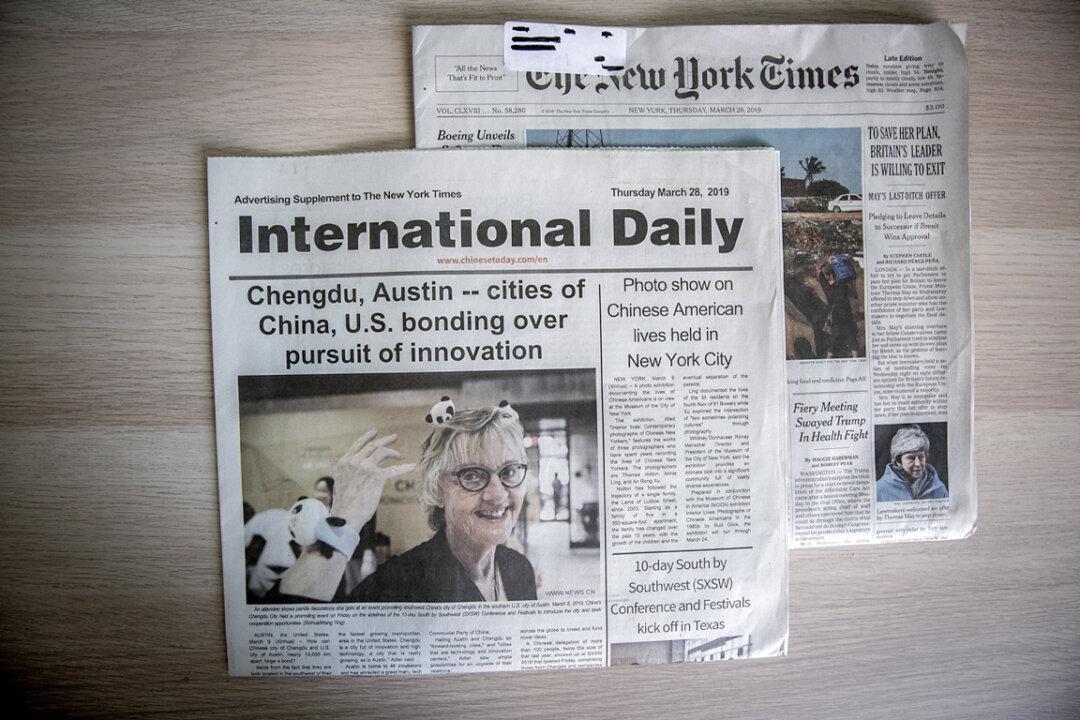Commentary
Major news outlets in the United States helped create more than two years of hysteria and political attacks about rumors that President Donald Trump had colluded with Russia to win the 2016 elections.

Major news outlets in the United States helped create more than two years of hysteria and political attacks about rumors that President Donald Trump had colluded with Russia to win the 2016 elections.